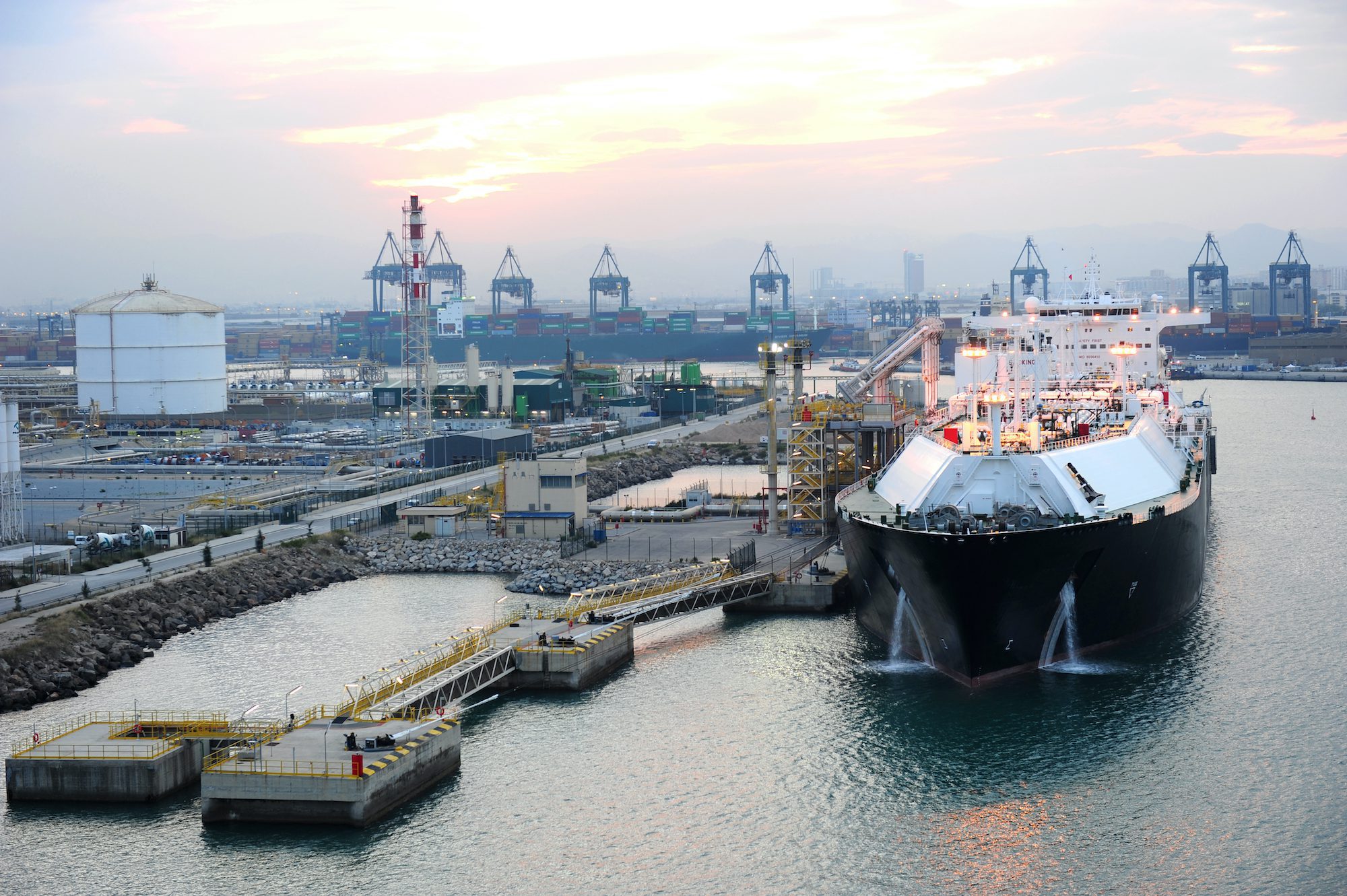China’s evolving crude trade routes reflect the interplay of sanctions, independent refiners, and the emergence of a non-sanctioned fleet
China’s imports of crude oil remain a cornerstone of global tanker markets, with evolving trade patterns influenced by both geopolitical constraints and commercial imperatives. Since the beginning of 2025, the latest round of US OFAC sanctions and localised actions by state-run Shandong Port Group (SPG) terminals regarding the shadow tanker fleet has threatened to dampen imports.
In response, Chinese crude oil importers are shifting towards non-sanctioned vessels in maintaining flows of Russian and Iranian crude to the world’s largest importer, according to tanker tracking data from Vortexa.
Analysing the data, Vortexa senior market analyst, Emma Li, noted that with access to sanctioned tankers restricted, refiners turned to independent oil terminals at ports such as Dalian, Shanghai, Zhoushan, and Huizhou, which began accepting sanctioned oil shipments. However, these ports have “relatively smaller storage capacities and additional freight costs associated with transferring barrels across provinces,” limiting their ability to relieve the backlog of tankers waiting offshore, according to Vortexa’s analysis.
“Russia has reinforced its ESPO trade using a newly assembled non-sanctioned fleet”
A notable shift came in late January when key terminals at Dongying Port, the primary Eastern Siberia–Pacific Ocean (ESPO) pipeline crude receiving hub in northern Shandong, transferred state-owned SPG’s stake to private entities. “This strategic shift helped sustain cargo discharges, including at least two sanctioned tankers, enabling crude inventories at Dongying Port to rise even as other Shandong terminals experienced operational slowdowns,” noted Ms Li.
Despite these adaptations, challenges persist in handling Iranian crude. “Dongying has limited capacity to handle Iran’s VLCC-dominant cargos, as its berths are designed for 100,000 tonne-size tankers,” Vortexa noted. Additionally, most main Iranian oil receiving ports complied with the SPG ban, leading to a decline in Shandong’s Iranian crude imports, which fell below 800,000 barrels per day (bpd) in January — the lowest since February 2023.
To circumvent these limitations, market participants employed ship-to-ship (STS) transfers in Malaysian waters. “Since late January, at least eight VLCCs — either recently added to the dark fleet or idle since early 2024 — surfaced to facilitate Malaysia-to-China STS transfers,” according to Vortexa. This strategy helped restore China’s Iranian crude discharge to 1.3M bpd between 1 and 20 February, with Shandong-bound volumes slightly exceeding the 2024 average.
Meanwhile, Russia has reinforced its ESPO trade using a newly assembled non-sanctioned fleet. “At least 17 non-sanctioned /LR2 or Suezmax tankers entered the ESPO trade between 11 January and 20 February 2025,” noted Ms Li. These vessels were either diverted from other sanctioned crude routes, particularly Russia’s Baltic exports, or shifted from clean product transport. This expansion of available tonnage allowed February ESPO loadings at Kozmino Port to expand to 920,000 bpd.
Beijing’s imposition of a 10% retaliatory tariff on US crude in early February 2025 is likely to prompt a renewed pivot towards Russian barrels. “The narrowing Brent-Dubai spread since mid-January and Middle Eastern OSP hikes are keeping Russian long-haul barrels cost-competitive,” Vortexa observed.
While China remains the dominant buyer of Russian Far East crude, refiners are expected to maintain strict non-sanctioned tanker requirements, despite ongoing dialogue between Washington and Moscow. Demand for Russian long-haul barrels remains muted, as Chinese teapot refiners still favour the steeper discounts offered on Iranian crude.






